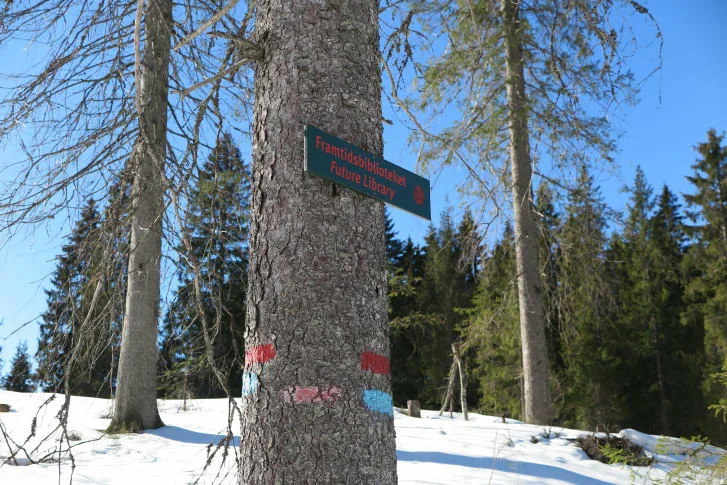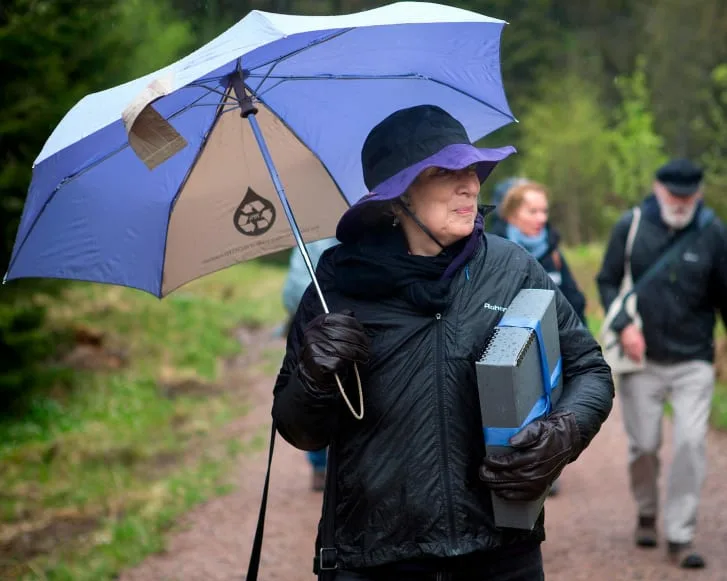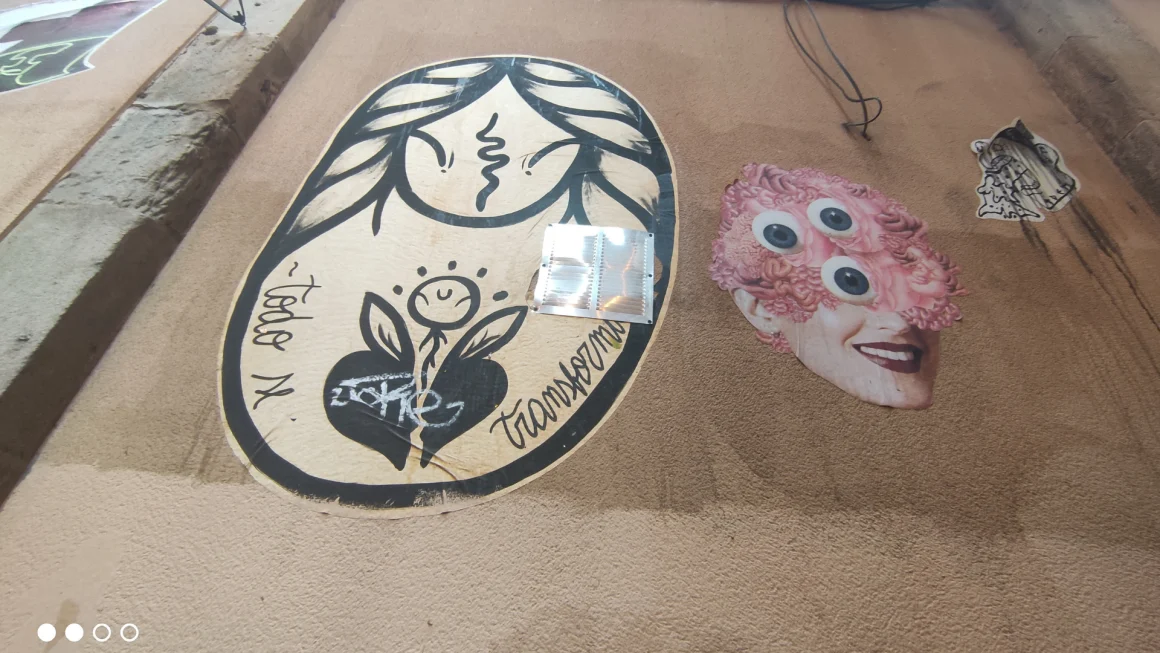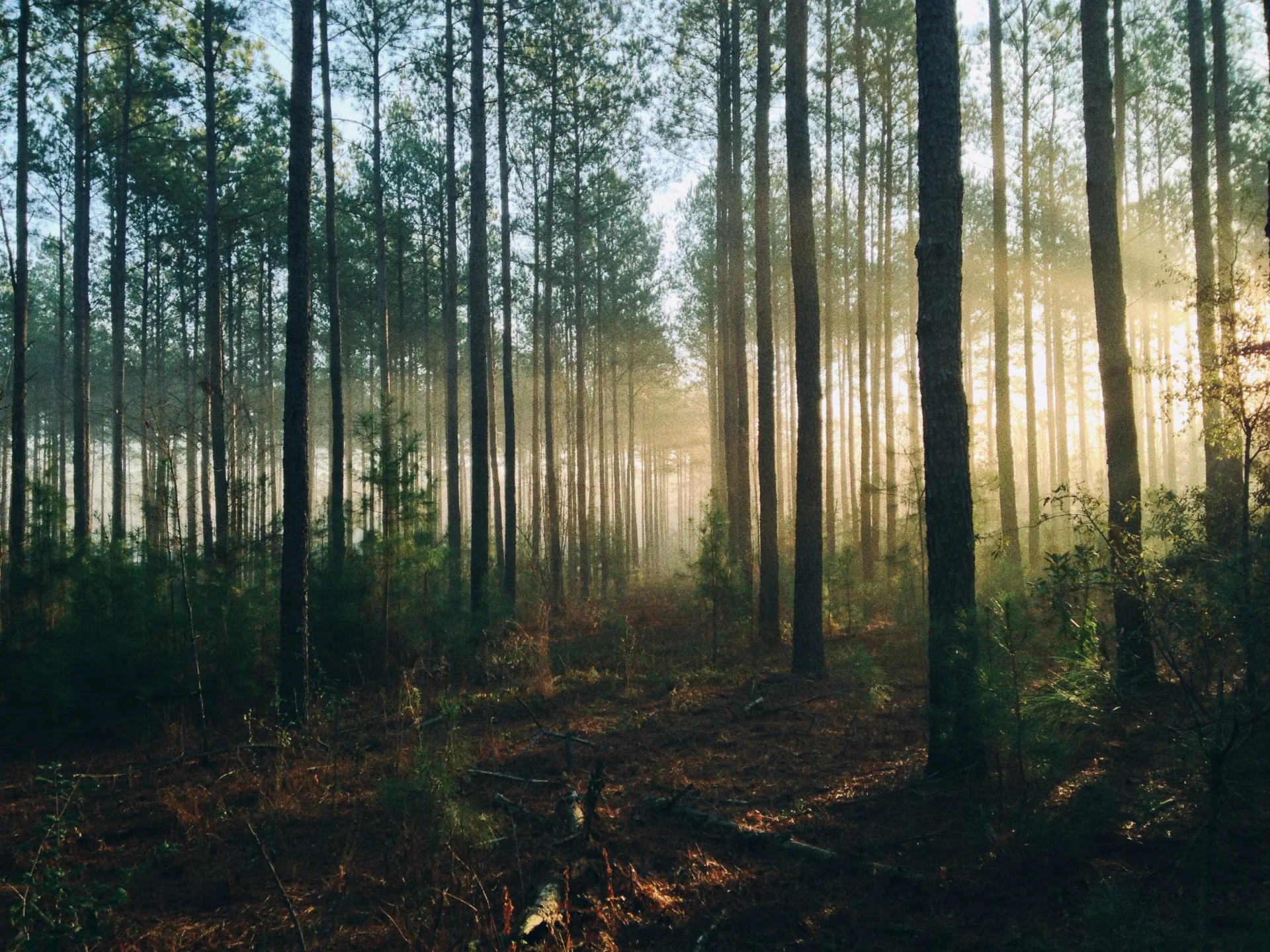For a world that lasts longer than our lifetime
What is the problem?
Nowadays, we are living in an uncertain world with a worrying future!
We have faced various challenges for the past few years: lockdowns, wars, rules, and restrictions. The latest world events have been pushing us to the edge with threats of wars, economic downturns, our overheating planet!
Still, in this uncertain world there is a lone tree in the Nordmarka forest just north of Oslo. Where a sign “Framtidsbiblioteket – Future Library” can be seen, leading to an artwork questioning the present tendency to think in short bursts of time, making decisions for only us, the ones living now.

The Future Library. Why is it cool?
Art, Environment and Community together for the future generations
The Future Library project is a public artwork led by Katie Paterson that aims to collect one hundred manuscripts from established authors worldwide.
In the year 2114, the wood from 1,000 trees, especially planted for the task, will be turned into paper and used to print an anthology of all the unpublished books which no one is allowed to read until then.
Katie Paterson conceived the project during the summer of 2014. She got inspired while simply doodling tree rings on a train. That’s when she suddenly found the connection between the rings and chapters in a book. The idea of trees becoming books in the future and growing over time came to her, so she realized the Future Library. Protected by the Future Library Trust and supported by the City of Oslo, Norway, the inspiring artwork is promised to be preserved for the upcoming 100 years until the release of all books.
So far, an impressive amount of writers has joined the project. From whom, the first to contribute was Margaret Atwood.

Contributors up to 2022
- 2014 – Margaret Atwood, Scribbler Moon
- 2015 – David Mitchell, From Me Flows What You Call Time
- 2016 – Sjón, As My Brow Brushes On The Tunics Of Angels or The Drop Tower, the Roller Coaster, the Whirling Cups and other Instruments of Worship from the Post-Industrial Age
- 2017 – Elif Shafak, The Last Taboo
- 2018 – Han Kang, Dear Son, My Beloved
- 2019 – Karl Ove Knausgård
- 2020 – Ocean Vuong
- 2021 – Tsitsi Dangarembga
Why does it have future growth potential?
The Future Library questions the present tendency to think in short bursts of time, making decisions for only us, the ones living now. It represents the importance of preservation, not only of traditions, culture, and knowledge but inspiration and the imagination of the past generations.
In 2114 a hundred books from a hundred years ago will be printed and made available to the public. A gift through which everyone could get in touch with our time, generation, and imagination.

“Almost as if the trees absorb the writer’s words like air or water, and the tree rings become chapters spaced out over the years to come.”
Katie Paterson
For more information about Katie Paterson, the Future Library and how to get there visit the official website and source for this article: www.futurelibrary.no







Carl Rohde
Rahim Ennassiri
Fenne van Mierlo
Youssef Ennassiri
Junior Mokoma
Fenne van Mierlo
Especially the fact that there will be unpublished books that will come out in the future. Very mysterious. Thinking about future generations is something I see more often these days. Another thing that I find interesting is that it goes against the current tendency of instant gratification. Instead, we need patience, a lot of it.
I hope to be alive when this book collection is made public.